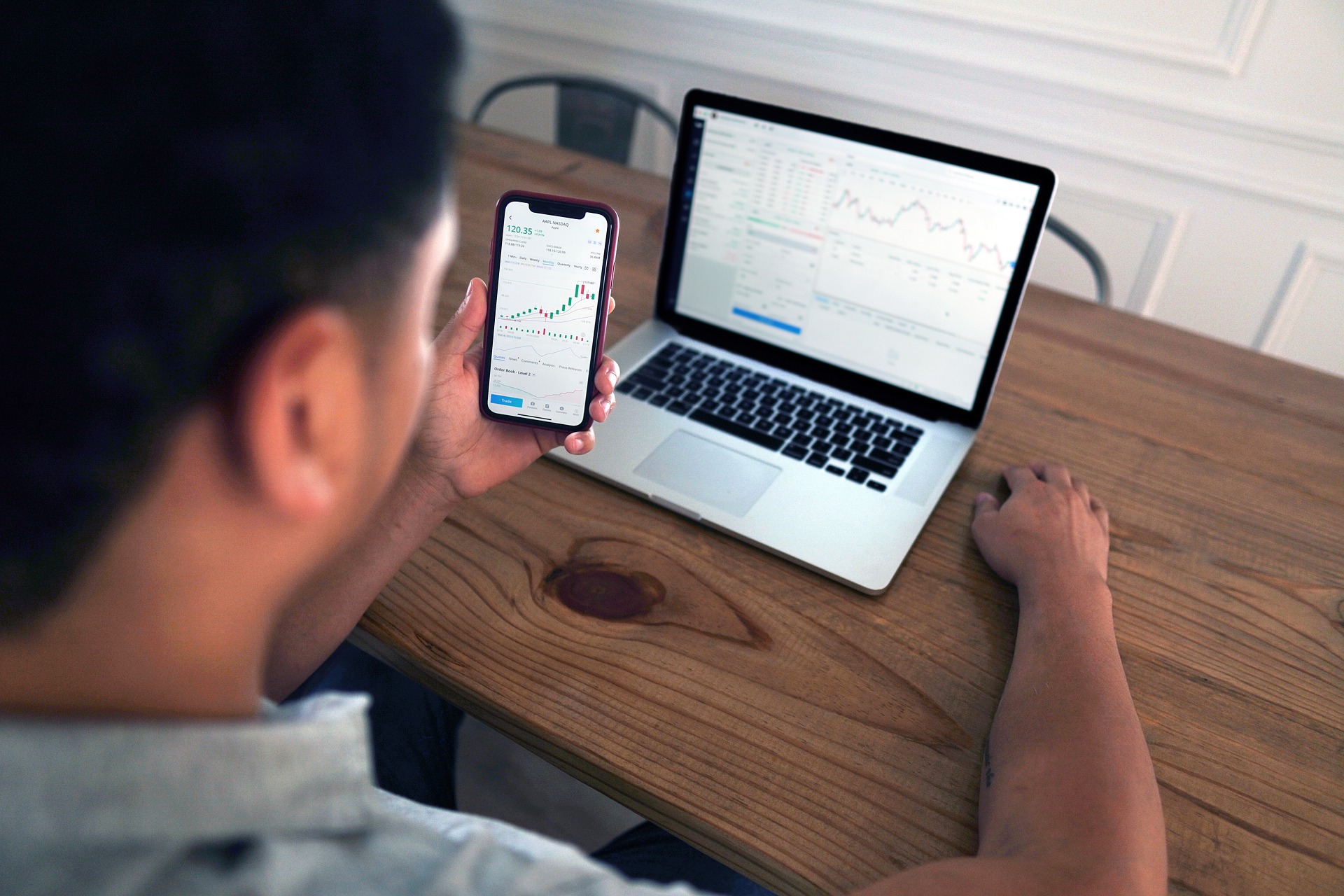In this article we answer the question: what is day trading.
The typical day of the European day trader begins in the morning before the stock market’s opening. It begins by taking note of the closing prices of the various markets as of the economic and financial press to identify a trend for the coming session.
In this sense, the closing of Wall Street and Tokyo is of great importance because the European markets are largely dependent on the type of score played in the States.
The various media and the Internet will also allow traders to determine which companies will be particularly busy during the day.
It’s because of important announcements, financial results or because of persistent rumours about a particular problem encountered.
Let us not forget that the day trader does not attach so much to fundamental analysis. What a trader is looking for above all is high volatility. J
ust like the liquidity of securities to be sure to find counterparties to orders during the trading session. In this sense, its main tools are essentially based on technical analysis. Supports and resistances, gaps and any other miscellaneous momentum indicator allow it to determine the most favourable moment to take its positions.
The key to the success of day traders
The computer is, therefore, the key to the success of day traders. Not only for running their technical analysis software. But also for obtaining the necessary information on the Internet via press agencies (Reuters, Bloomberg ), access to discussion forums to help them find buying opportunities and especially real-time quotes.
It is indeed impossible to want to develop a day trading activity if one can only take note of price variations with a more or less significant time lag. For day traders, Benjamin Franklin’s maxim “Time is money” is all the more true as a delay of a few minutes can cause him to miss an investment objective.
You might as well have a computer powerful enough to simultaneously support these different applications and a high-speed Internet connection. Because the day traders must still choose the online broker to place their orders.
In the United States, the tools offered to individuals are certainly much more advanced. It’s because day traders can have direct access to the stock markets without going through the servers of financial intermediaries by opening a trading account in a specialized company. This is not yet the case in Europe. Individuals who embark on this investment technique are still obliged to deal with a brokerage house that will relay their orders on the stock market.
This particularity is important because it naturally generates costs. Fees are likely to erase the performance of a portfolio because the orders are numerous, and therefore, the transaction costs are high. According to US statistics from the Securities and Exchange Commission, the overall annual cost of a day trading activity amounts to an average of $ 200,000. This is the return to be achieved to cover these costs and generate a capital gain.
The choice of a broker
The choice of the online broker is therefore also of capital importance. It will determine on which markets the day trader can intervene and especially at what price.
The emergence of this category of financial players actually corresponds to a need on the part of day traders for brokerage fees significantly lower than those practised in traditional financial establishments.
It is not by chance that the first discount brokers have appeared in the United States, once again given the number of regular participants in the markets. The phenomenon repeated itself in Europe. It suffices here to know that this proliferation has engendered a real price war for the benefit of individuals.
This is why it is important to learn about the range of prices charged by these intermediaries, knowing that the more the amounts of the orders are placed, the less the costs are proportionately important. Day traders also represent a category of investors particularly sought after by brokers insofar as their volume of activity is significant, synonymous with recurring financial income for intermediaries.
